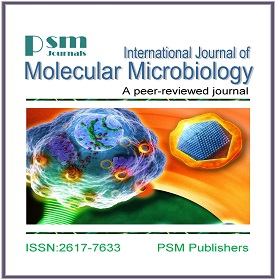BRCA Mutations and Survival Outcome in Young-onset Breast Cancer
Keywords:
BRCA Mutations, Young-onset Breast CancerAbstract
EDITORIAL
BRCA1/2 mutations are the most common germline mutations, accounting for up to 40% of familial breast cancer (Shuen and Foulkes, 2011). BRCA1 andBRCA2 are tumor suppressor genes identified in the early 1990s(Hall et al., 1992; Lenoir et al., 1991). BRCA1 mutation was found in 7% of patients at the time of breast cancer diagnosis in a large analysis including 3,345 patients who were aged ?50 years. However, BRCA1 carriers were significantly younger (mean age 41.9 versus 44.1, P < 0.001), and had more ER-negative (84.1% versus 38.1%, P < 0.001) and HER2-negative (93% versus 79%, P < 0.001) tumors (Huzarski et al., 2013).
The high BRCA1 mutation signature expression is consistent with the relatively high prevalence of BRCA1 mutations in younger patients(Huzarski et al., 2013; Young et al., 2009). Patients with BRCA1 mutations are generally diagnosed with basal-like tumors(Criscitiello et al., 2012); earlier work proposed that luminal progenitors appear to be the cell of origin of these tumors and are regulated by c-kit (Lim et al., 2009). Several recent studies have reported on the landscape of somatic mutations in breast cancer but, very little is known regarding the pattern of somatic mutations in younger women. The whole genome sequencing of 100 breast tumors was performed but no correlation was established between total number of somatic base substitution and age at diagnosis in both ER-positive (P = 0.33) and ER-negative (P = 0.14) tumors (Stephens et al., 2012).
Several factors discriminate the biology of both breast cancer in young patients and the patients themselves from that of tumors and patients who are diagnosed later in life. There might be association between cancer and a previous pregnancy or pathogenesis based on a genetic predisposition; some studies suggest a direct connection between both cancers associated with a previous pregnancy and a genetic predisposition to cancer (Sigl et al., 2016). BRCA mutations occur more often in breast cancer (BC), but their prognostic impact on outcomes of BC has not been established. An updated meta-analysis on the association between BRCA mutations and survival in patients with BC showed median prevalence rates of BRCA1 and BRCA2 mutations were 14.5% and 8.3%, respectively.
BRCA1 and BRCA2 mutations were correlated with poor overall survival in patients with BC, but had no significant impact on breast cancer-specific survival or event-free survival. BC patients having BRCA1 mutation and treated with endocrinotherapy were found to show an improved survival. The results may have therapeutic and prognostic implications important for BRCA mutation carriers with BC (Zhu et al., 2016).
The fact that young women with familial breast cancer syndromes appear to develop the disease more often adds further complexity to the biological make-up of young-onset breast cancer in women. Further research to reveal the causes for the establishment of disease in this high risk young population in particular is obviously warranted.




